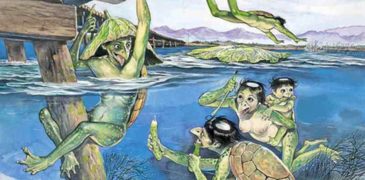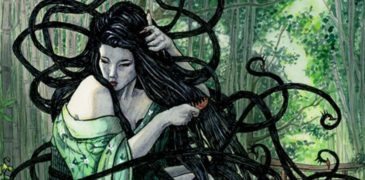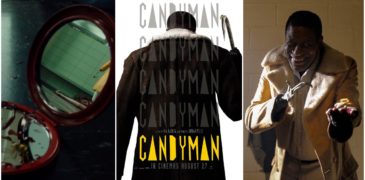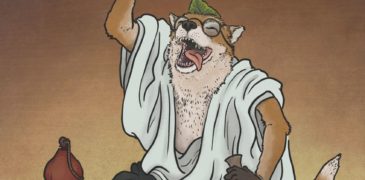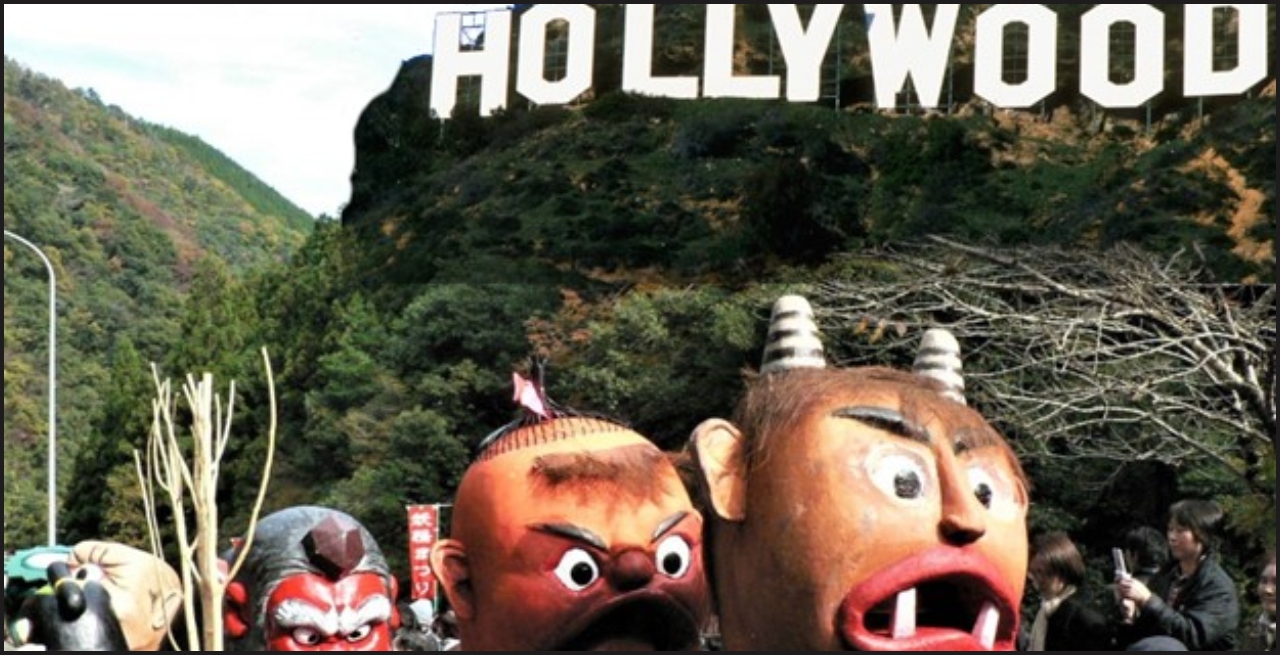
From time to time, you’ll see an article chronicling the various examples of times Western monsters crossed the Pacific and got starring roles in Asian cinema, such as Frankenstein Conquers the World, Vampire Effect, Bio Zombie, Werewolf Boy, and the like. It would then reason that this would be a two-way street, so surely there are occasional reversals of that importation, when Hollywood takes inspiration from oriental folklore…and indeed there are. Here we’ll take a look at a few examples of American cinema using traditional creatures from the East, public-domain spooks of legend rather than licensed remakes of hot commercial properties (sorry, Death Note, Guyver, The Ring…maybe we’ll cover y’all in another article). Without further ado:
Onryo –The House Where Evil Dwells (1982) and The Forest (2016)
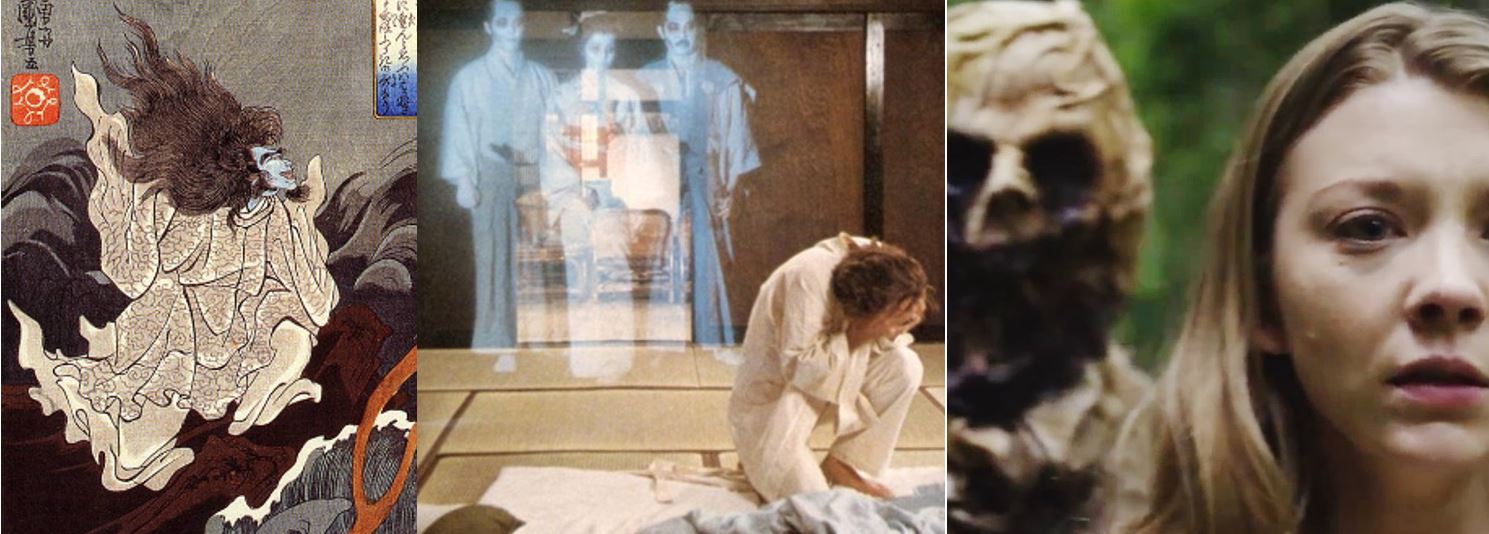
In case the name of “The Yurei” as a blog isn’t a dead giveaway, there are few Asian horror entities as iconic as a Japanese ghost, and of those, the onryo – the vengeful, pissed-off variety of ghost – is certainly the fodder for the most entertainment. One of the earliest examples of them coming to Hollywood was in The House Where Evil Dwells, a Toei coproduction directed by Kevin Connor (whose earlier Amicus adventure films like Warlord of Atlantis and At the Earth’s Core kind of feel like they channel kaiju movies at times, as well). It’s an interesting blend of East-meets-West ghost story concepts, with a few odd touches of neither (spider crabs!) that give it a unique feeling, especially for the time period.
Much later, 2002’s The Ring brought J-horror to the American public in a huge way, ushering in a host of other remakes, so naturally a studio eventually decided to attempt a fully original story in The Forest, about an American girl looking for her lost sister in Aokigahara. Aside from the novelty of a fully westernized attempt, the end result is a mixed bag, with some lingering creepiness that one would expect from Japan but also jump scares and rotting ghoul effects that are pure Hollywood.
Variations on the onryo theme have appeared in television as well, such as season 2 of The Terror, which takes place in a Japanese internment camp, and Supernatural, who would occasionally spice up their haunting roster with an odd shoujou or a buruburu.
Mogwai – Gremlins (1984)
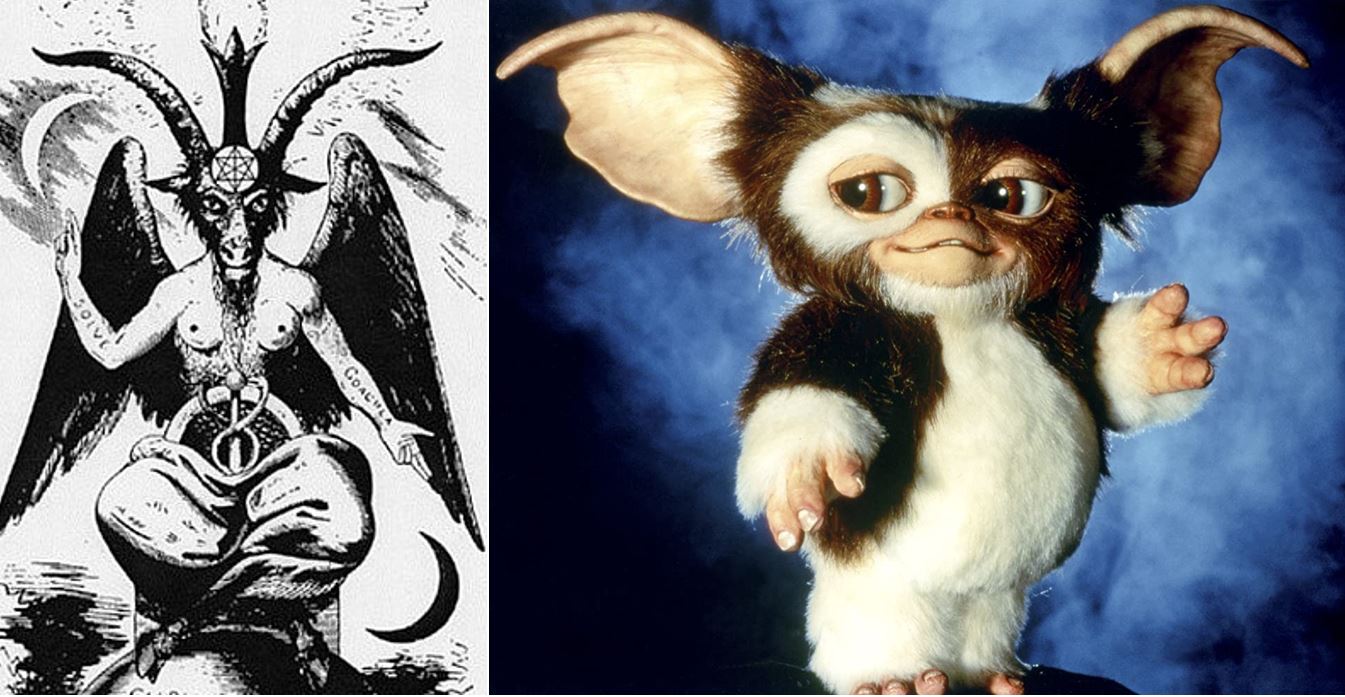
An interesting case of appropriation, the Cantonese term “mogwai”, meaning “devil”, has become so interchangeable with the Gremlins franchise that even searching for the term in Chinese yields little more than Gremlins results, with the occasional reference to Tremors in the mix as well. Because of this, it’s difficult to ascertain exactly what a traditional mogwai was; while Wikipedia that they breed during rainy seasons, there’s no source on this and it feels like someone having a giggle. What we can look at is the use of the similar term “magwi” in Korean, however, which is used to refer to the Judeo-Christian devil and derivatives thereof, so it’s likely that Chinese would have been similar.
Jiangshi – The Jitters (1989)
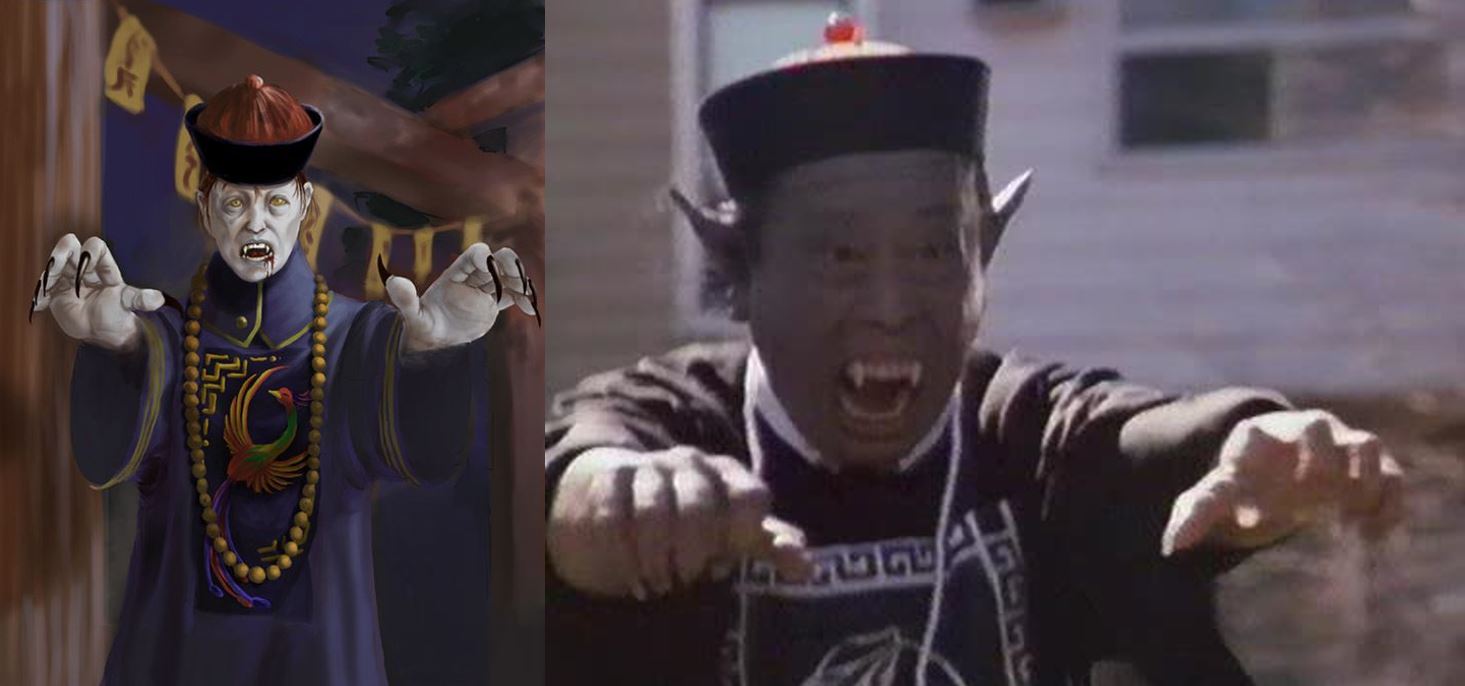
There was an enormous boom of hopping vampire flicks in Hong Kong in the 1980s, so it probably seemed like a no-brainer for an international attempt as well. The result was The Jitters, an American movie from Japanese producers set in Chinatown and featuring genre actor extraordinaire James Hong. While a lot of the goofier aspects of slapstick jiangshi comedies are faithfully preserved and may not be to American tastes, the film also has some neat vampire transformation effects from the great Steve Wang. In addition to this, jiangshi also appear in episodes of Kung Fu Panda and Jackie Chan Adventures.
Imoogi – Dragon Wars (2007)
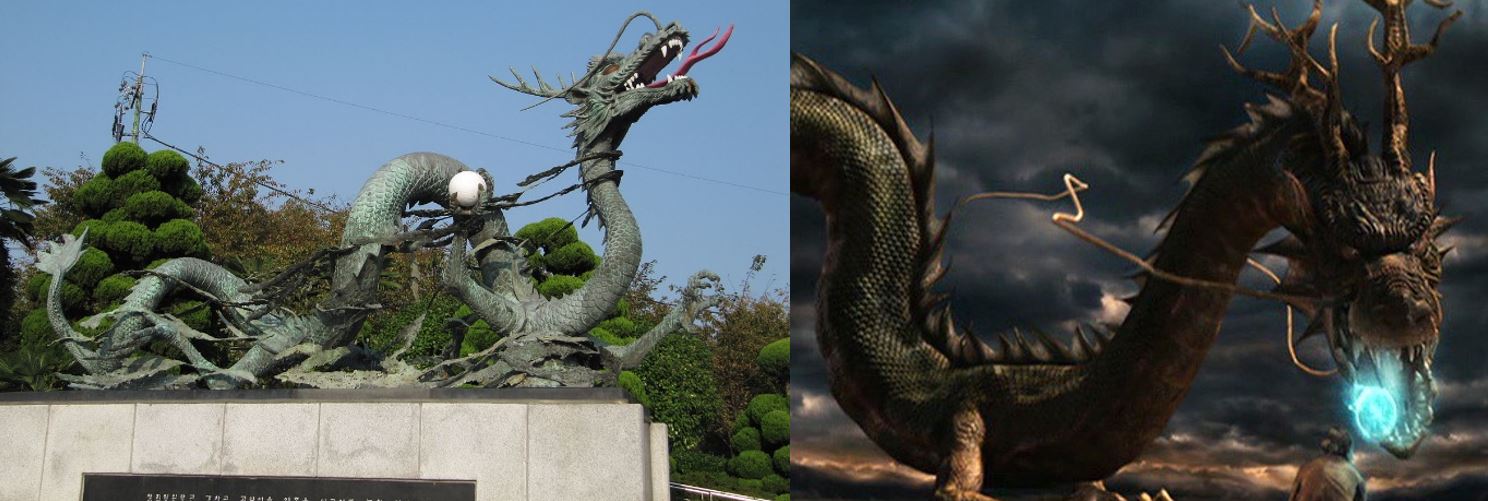
Asian dragons are rarely depicted outside of Asian media, perhaps due to the oversaturation of their European equivalents, but the Korean water dragon really got a chance to stand out in Dragon Wars, a misguided attempt by Shim Hyung-rae to break into the international market by filming an expensive blockbuster in Hollywood with the likes of Robert Forster and Craig Robinson. While the screenplay is mind-bogglingly inept, the movie’s copious dragon battle sequences make up for it in spectacular spades.
Kuchisake Onna – Slit-mouth Woman in LA (2014)
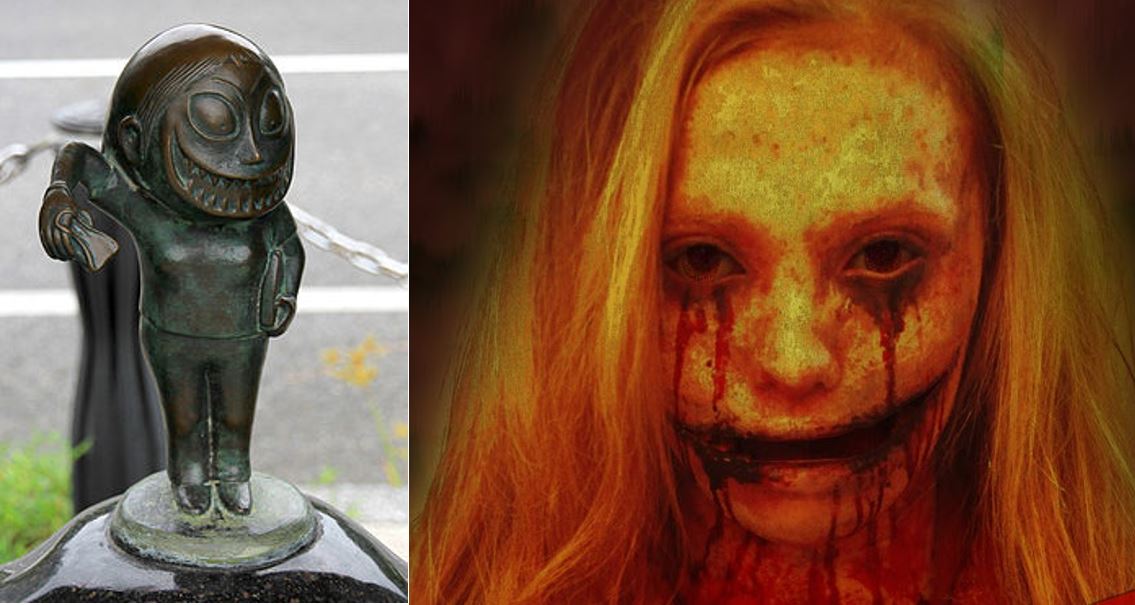
A recent addition to the Japanese mythological landscape, the slit-mouth woman has only been around since the late 1970s, but has featured in dozens of films and TV shows in her native country, even getting an episode of Ghost Stories banned! Thus, in the J-horror remake boom surrounding Hollywood in the 2000s and 2010s, the public-domain character seemed like a logical next progression, and a quartet of Japanese directors flew out to the states to film an anthology film about the “am I pretty” peeress. The end result wasn’t great, but kudos for the effort!
Yuki Onna – Tales from the Dark Side: The Movie (1990)

While the first two sections of the anthology film Tales from the Darkside are attributed to Arthur Conan Doyle and Stephen King, there’s no similar credit given for the final segment. However, anyone familiar with 1964’s Kwaidan will instantly recognize the broad strokes of the story from Lafcadio Hearn’s account of the classic snow woman legend. The movie really ups the creature ante by having the woman transform into a huge, winged gargoyle, which is kind of the best of both worlds in terms of creepy Japanese fable and Hollywood spectacle.
Monkey King – The Forbidden Kingdom (2008)

With Journey to the West being one of the most important books ever written, it makes sense that there’d be at least a few depictions of the Monkey King in Western media, and they’re as wildly varied as their Eastern counterparts, from Daniel Wu’s Sunny on Into the Badlands to Chai Hansen’s Monkey on New Adventures of Monkey to Justin Chatwin’s Goku in the shockingly-mishandled Dragon Ball Evolution. In my mind, though, the best Hollywood’s done for the character is none other than Jet Li, playing up the martial arts and mischievous nature perfectly in the much-underrated fantasy mashup The Forbidden Kingdom. The movie draws from numerous inspirations, so you get to see a few other staples like the white-haired woman in it as well.
Bulgasari – Legend of Galgameth (1996)
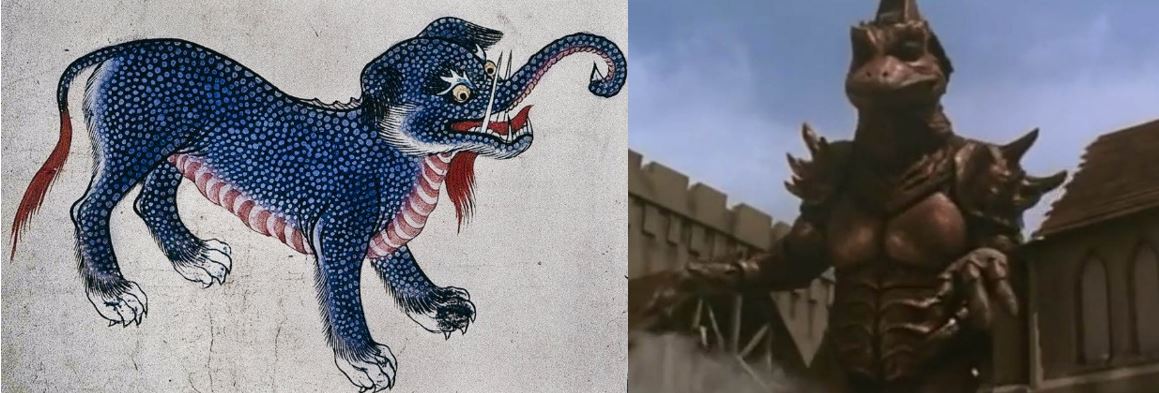
The immortal iron-eating Korean creature Pulgasari is best known outside Korea for its eponymous 1985 movie, a Godzilla knock-off that also happens to be the final movie that director Shin Sang-ok made while captive in North Korea under the eye of Kim Jong-il. Apparently he didn’t hold ill will towards the movie itself, however, because after escaping to America and setting up a name for himself as “Simon Sheen”, Shin remade Pulgasari as The Legend of Galgameth, transposing the story to medieval Europe and casting the monster in a purely heroic role, though the ravenous appetite and exponential growth of the creature remained consistent.
Yeti – Smallfoot (2018)

One of the most famous cryptids in the world, most know the yeti as a lost species of primate, but the original Himalayan mythology treats them a lot more like fairies who are confused about the nature of human beings. There have been a few movies to play up the supernatural aspect of the yeti, such as The Mummy: Tomb of the Dragon Emperor (2008) and Missing Link (2019), but the one to put it the most at the forefront is probably the animated movie Smallfoot, which even goes so far as to name the main character “Migo”, which is the Tibetan name for the creatures.
Yokai – Hellboy: Sword of Storms (2006)
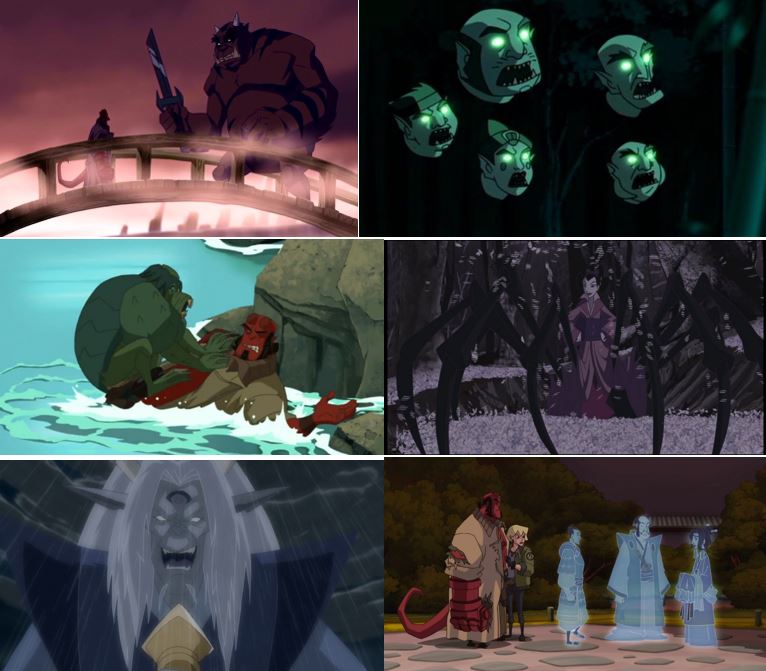
One fun aspect of Japanese yokai is the extreme variety of creatures, and many movies do their best to have a parade of different kinds on display. The greatest example of this outside of Japan has to be the first animated Hellboy feature, where he encounters kitsune, kappa, jorogumo, oni, nukekubi, and more before facing off against Fujin and Raijin. Sadly, there was only one other animated Hellboy flick, so the tour of different world mythologies didn’t last long.
As a side note, kappa in particular have proven to be especially popular on TV in the West, showing up in OK KO, Star Vs the Forces of Evil, Ninja Turtles, Arthur, Lost Girl, Scream Queens, and of course Kappa Mikey.
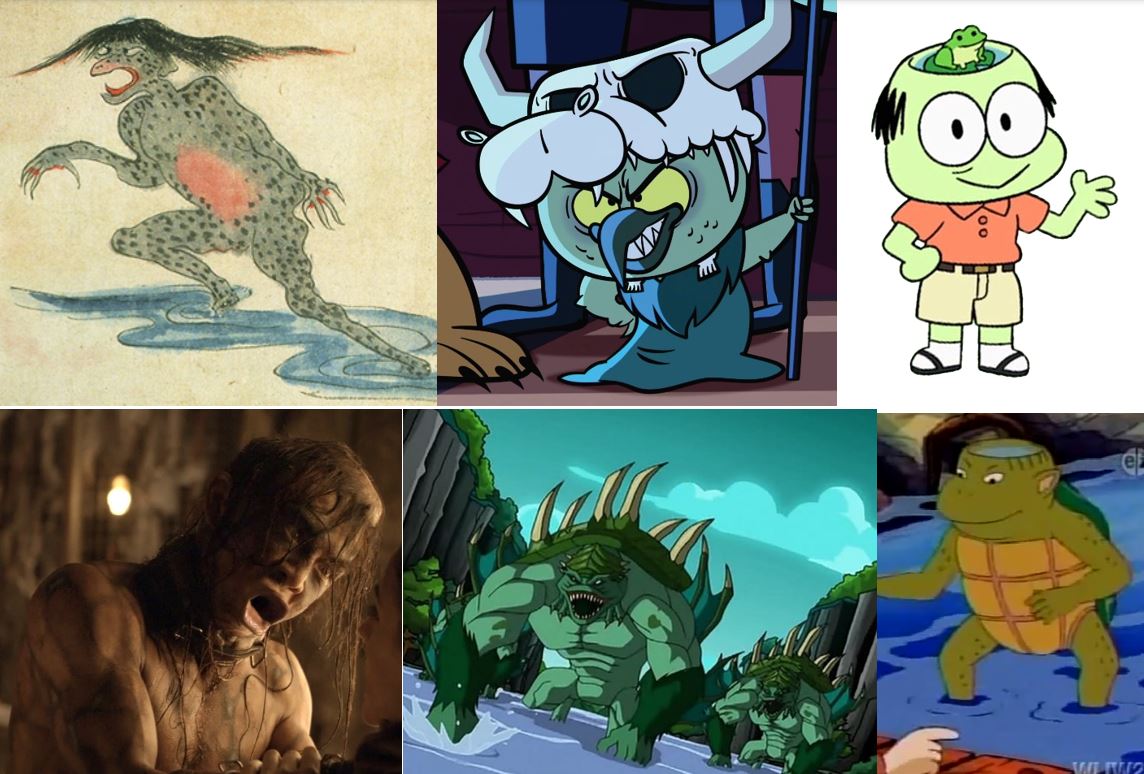
What’s your favorite use of an Asian monster in a Hollywood picture? Any glaring omissions that you feel should be included? By all means, please leave a comment on this post when shared via social media, such as on The Yurei’s Facebook feed!
More Folklore Articles
Our creature today goes by many names and has equally as many aspects describing it. A creature of strange design and often terrifying behaviors, a Kappa (河童 , river-child), also… Harionago (針女子) also known as Harionna ( 針女) is a very dangerous yōkai that wanders darkened streets, alleyways, and roads at night, looking for unsuspecting victims to attack. It is… Director Nia DaCosta’s kind of mostly sequel to the 1992 original revives the Candyman. Say his name five times in the mirror if you dare, as Cabrini Green has dark… Mathew Meyer’s is an American artist best known for his traditional Japanese style representations of Yokai, drawn with loving detail to the woodblock printing technique of ancient Japan. Mathew regularly…The Kappa Water Demon
The Street Monster Harionago: The Frightening Female Ghoul
Candyman (2021) Film Review – Don’t Speak His Name
Interview: Matthew Meyer “There’s Essentially a Yokai for Every Occasion”

A lifelong Japanese genre fiction fan, Kevin is the primary writer for the Maser Patrol blog. He also authored the book Kaiju for Hipsters: 101 Alternative Giant Monster Movies, is a frequent guest host on the Kaiju Transmissions podcast, and occasionally contributes to home video liner notes for tokusatsu releases. TLDR: he really likes talking about monsters.
